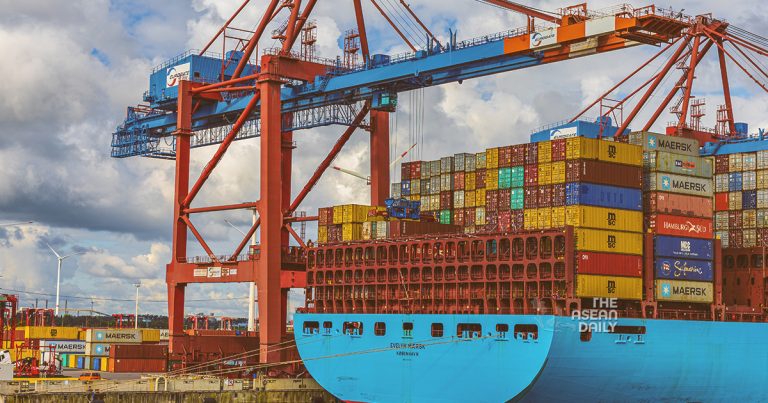6-9-2024 (HANOI) Vietnam’s export-driven economy continues to exhibit resilience, as revealed by the latest government data released on Friday. While key economic indicators showed a slight deceleration in August compared to the previous month, they remained robust, buoyed by a strengthening global electronics sector.
The General Statistics Office (GSO) reported that exports climbed by 14.5% year-on-year in August, reaching US$37.59 billion. This growth was primarily fuelled by increased shipments in textiles and machinery. Imports also saw a healthy uptick, rising by 12.4% compared to the same period last year. However, these figures represent a moderation from July’s performance, which saw exports surge by 19.1% and imports skyrocket by 24.7%.
Despite the slight cooling, Vietnam’s trade balance improved significantly, with the monthly trade surplus expanding to $4.53 billion in August from $2.12 billion in July. This widening surplus underscores the nation’s continued competitiveness in global markets.
Industrial production, another key pillar of Vietnam’s economy, grew by 9.5% in August compared to the previous year. While impressive, this growth rate was somewhat tempered from July’s revised 11.1% expansion.
Oxford Economics, in their analysis of the data, remained optimistic about Vietnam’s economic trajectory. “The ongoing upturn in the global electronics cycle will continue to post solid exports and industrial production growth figures for the rest of the year,” the think tank stated. However, they cautioned that domestic sectors were still struggling to reach pre-pandemic levels, citing persistent challenges in the banking and real estate sectors.
The retail sector also showed signs of moderation, with sales increasing by 8% year-on-year in August, down from July’s 9.4% growth. This slight deceleration in consumer spending could be indicative of broader economic pressures facing Vietnamese households.
On a positive note, inflation saw a marked decrease, dropping to an annual rate of 3.45% in August from 4.36% in July. This places inflation comfortably below the government’s 4.5% ceiling for the year, potentially providing policymakers with more room to manoeuvre in supporting economic growth.
Vietnam’s position as a major manufacturing hub for multinational corporations, particularly in smartphones, electronics, and garments, continues to underpin its economic performance. However, there are signs of a potential slowdown in future investments. While foreign investment inflows rose by 8% in the January-August period compared to the previous year, this represents a slight deceleration from the 8.4% increase observed in the January-July period.
More tellingly, growth in foreign investment pledges – a leading indicator of future economic activity – slowed to an annual rate of 7% for the January-August period, down from 11% in January-July.




